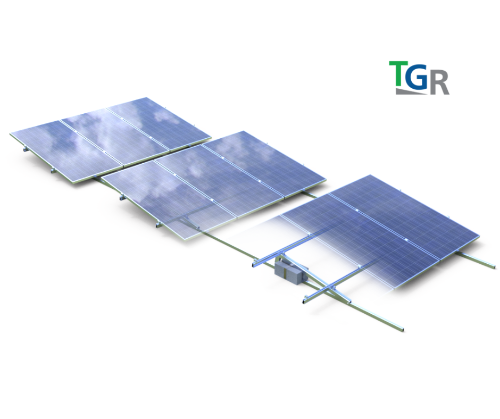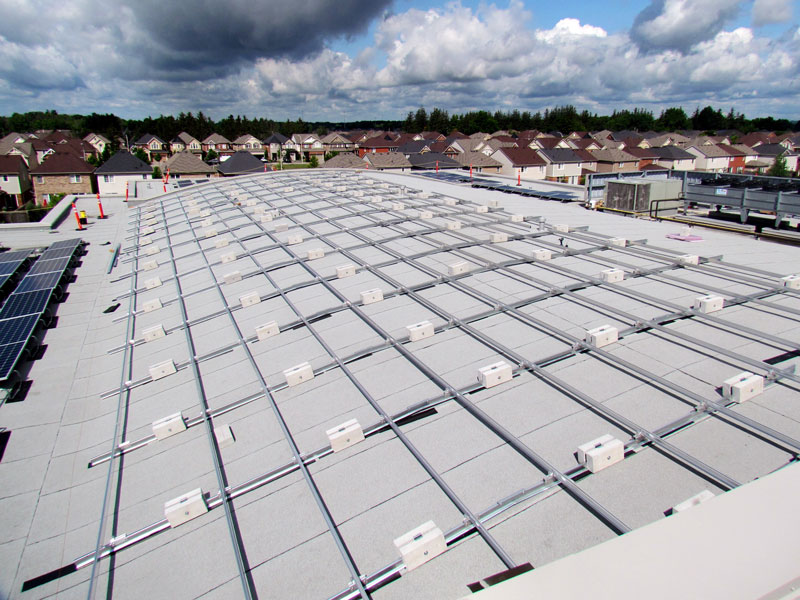

- #Terragen racking how to
- #Terragen racking trial
- #Terragen racking series
- #Terragen racking download
I didn't like the way the trees were distributed on my landscape, so I started working with the distribution node attributes and came up with something I really like through trial and error. The power of the program is in the details of a scene. The interface starts to lose its intimidating quality once you start working with it regularly and the workflow is pretty simple once you understand what to do. More so than any application I've worked with so far. I did something wrong along the way, I'm sure of it. The mud layer didn't come through like it should have even though my settings were just like those in the tutorial.
#Terragen racking series
I think that the final render of the lake tutorial project is the best-looking scene I have created since I started this series of articles. Much simpler to just randomize than micro-adjust dozens of settings until you get the right look.

I wish the random seed button was part of the shader levels as well. There's a neat random seed button that you can press to get different versions of the clouds until you find the one you like. Note that I followed the tutorial and positioned these objects using coordinates, but I could have also painted them on the landscape using an easy paint shader.Ītmosphere creation in Terragen 4 is simple to add/adjust and the results are quite beautiful. At this point, I did a general render (took about a minute) to see what the scene was looking like.
#Terragen racking how to
I ended up having to add and remove these elements several times until I figured out how to position them correctly. It's getting them positioned and distributed that's the hard part.
#Terragen racking download
I saw that with the right adjustments, you could create practically any variation you want in color, size, spread, and look of a particular shader.Īdding objects like the Birch trees and the Grass was easy (both are available from Planetside in free download packs). I was impressed with the power of shader refinement in Terragen 4. These nodes allow you to spread things like mud or dirt over the exact areas you want them in the scene. Shaders and their refinements depend a lot on adding extra nodes like power fractal and distribution. Eventually, through the stop and start technique, I began to see the results in my scene like what was shown in the tutorial. Also, since I'm used to seeing real-time rendering in apps like Blender and Unity, not seeing the results of my shader adjustments in the 3D preview was frustrating and made me think I had made mistakes. I realized then that this tutorial is more of an intermediate tutorial despite the "Basic" in the title. At one point, I somehow removed something and the entire scene was blank, so I started over. Shaders are more complicated and in the TerraTuts tutorial, I found myself going back over the adjustments several times to get it right. Getting the terrain to look the way you want it to is very easy using Terragen's numbers and sliders. They also recommend using a lower-quality image (by adjusting normal render settings) to check your work periodically. Planetside recommends that you use the normal renderer for Objects and Terrain, but for Shaders, Clouds and Lighting, use the Ray-Traced renderer. You have the option to use the normal 3D renderer, which is pretty good and fairly fast, or a Ray-Traced Preview, which is slower but shows more detail. Lastly, Terragen 4 uses your computer's CPU to render in the 3D Viewport. This puts the camera at the view in the preview window so that you can render from this perspective. One fact that is repeated in all tutorials is to click the "align the view to camera" button at the bottom of the preview window. Navigation is primarily through keyboard shortcuts, but there's also a circular button on the top right of the preview window that opens up to a tool that allows you to move the camera in any direction you like. More on the Painted Shader tool later in the article. Near the end of the tabbed 3D preview window are the Painted Shader tool and the Measurement tool.

Depending upon your CPU speed render times will vary. The 3D preview (all rendered from your CPU) lets you choose a variety of render settings including a ray-traced preview, adding atmosphere and lighting (or removing). It is recommended to turn off this view as it requires advanced skills with nodes to use. You then have the main 3D preview window and the nodes window beneath it. Both numerical and slider adjustments are featured. This is just above the Options panel on the left side of the main interface. You also have the Scene Elements list which shows all of the various parts of the scene you are creating. This is where you make adjustments to the Shader (and all the other Scene Elements). When you select a Scene Element like Shaders, a corresponding Options panel opens up on the left-hand side of the interface.


 0 kommentar(er)
0 kommentar(er)
